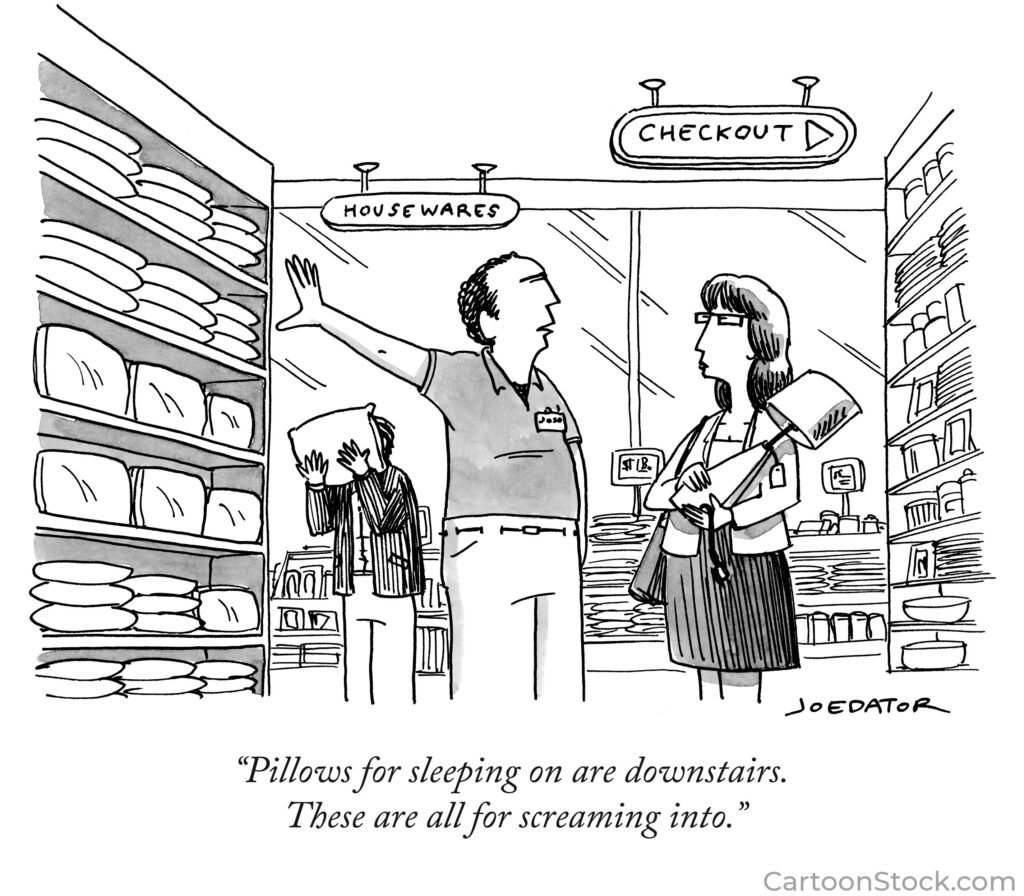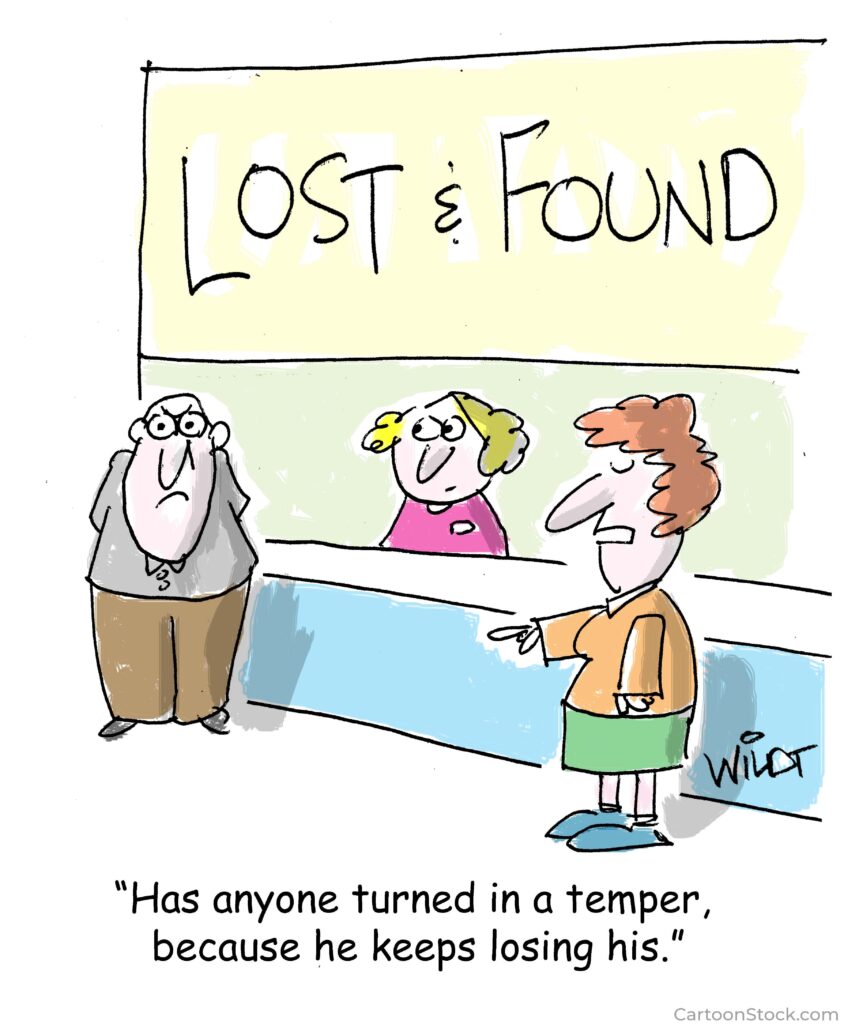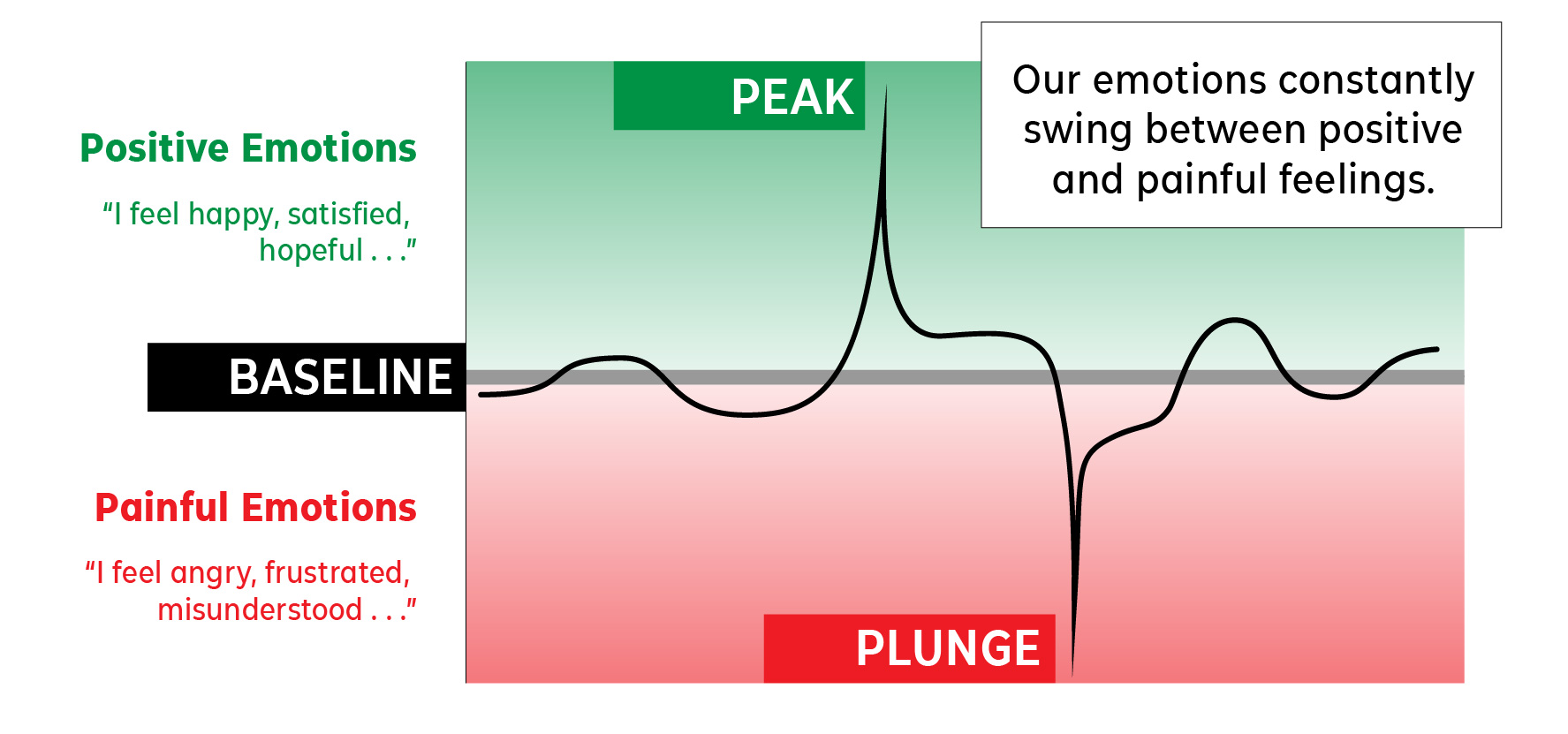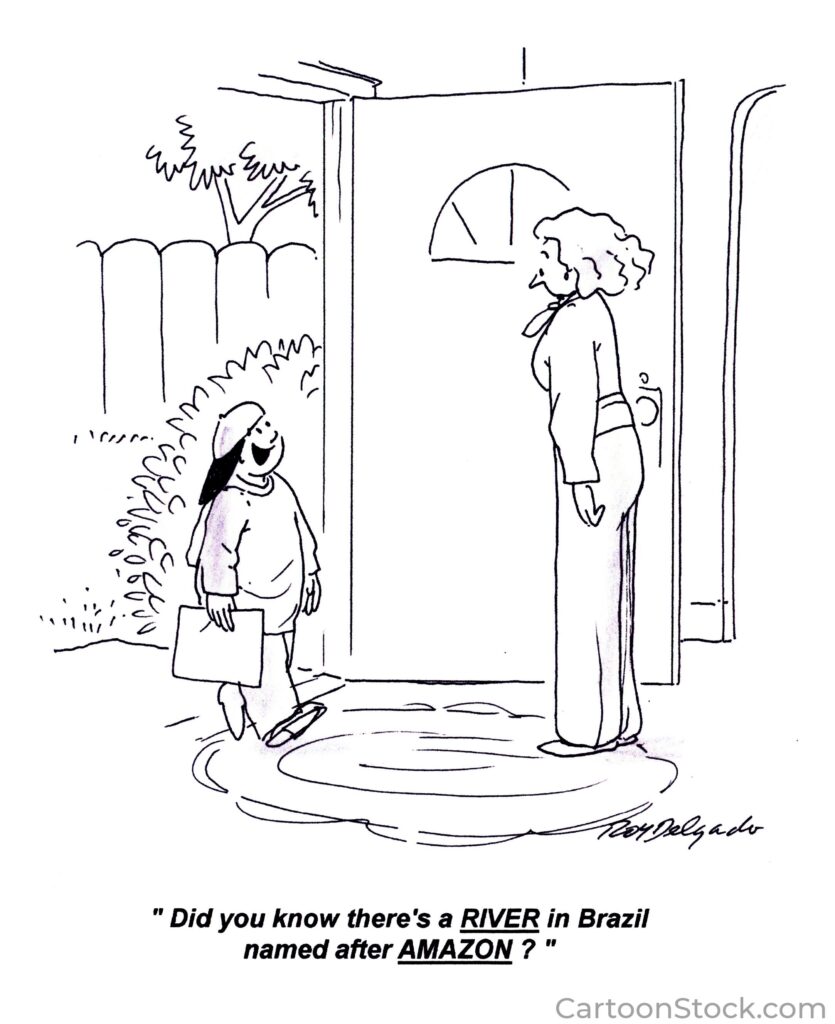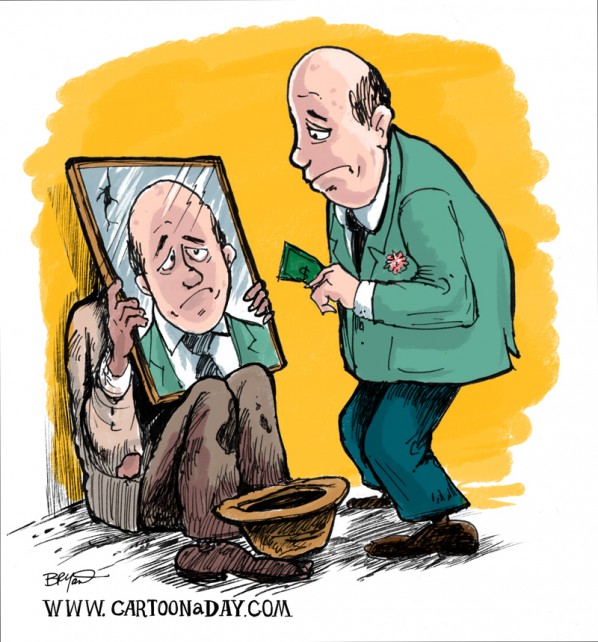
“In everyone’s life, at some time, our inner fire goes out. It is then burst into flame by an encounter with another human being. We should all be thankful for those people who rekindle the inner spirit.” Albert Schweitzer
Please reread what Schweitzer wrote. It is significant.
I memorized his thought about 25 years ago. It meant a lot to me then. It means even more to me now because I’ve experienced both sides of the equation—one whose inner fire has gone out and one who helps another person whose fire has been extinguished.
There was a time when my inner fire went out. For about six months in my mid-forties, I became clinically depressed. I thought my life was over. I was bewildered and hopeless. My wife and two daughters helped me through the darkness. Antidepressants also helped.
For the past five years, I’ve helped a friend whose “inner fire” went out. Over the course of about 10 years his life slowly but inexorably ground to a stop. He became hopelessly adrift. Unemployed, bankrupt, destitute, undiagnosed mental illness, legal problems, and finally homeless.
In my heart I made a commitment to come alongside him and help. It’s been the most difficult thing I’ve ever done. At times I’ve wanted to give up, as has he.
But now his “inner spirit has been rekindled.” He still has a long way to go, but he’s on track and every day is a step in the right direction. My friend has been incredibly courageous and determined in his recovery. Few people have overcome so many major and persistent obstacles as he has.
I think my part in assisting his comeback will be one of the finest and proudest endeavors of my life.
At some point in your life, your inner fire will go out. Pray that someone will be there to help you.
At one or several times in your life, you’ll be compelled to help someone else whose fire has been extinguished. You can’t commit to help everyone who is needful, but you can do it once or twice in your life.
Granted, it usually takes a “village” to help someone get out of a deep pit, but one person needs to lead the effort. One person must say, “I’m going to take hold of my friend and not let go.”

